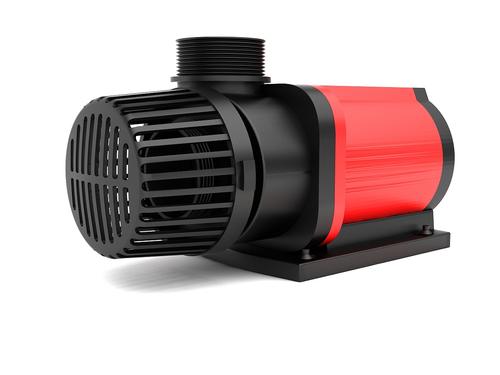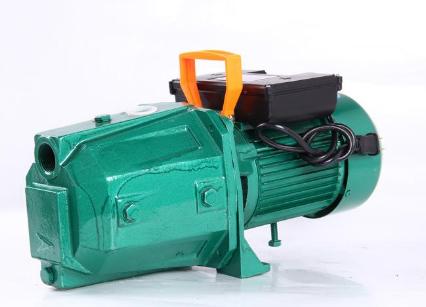A pump is a machine that pumps energy liquid. It can pump liquid from low to high or far place under the drive of power machinery.
The pump can pump water, oil, acid solution, alkaline solution, liquid metal, paper pulp, mud, etc. The pump used to pump water is called a water pump.
Water pumps are used for agriculture irrigation and drainage. They improve agriculture's ability to resist natural disasters. They can help increase crop production and ensure harvest. Water pumps provide material conditions for the realization of mechanization and water conservancy in agriculture.

There are many types of pumps. According to convert of energy, Pumps can be divided into two types: rotor pump and rotorless pump.
The former type relies on the high-speed rotation or reciprocating rotor to convert the mechanical energy of the power machine into energy for lifting or pressing the fluid. Such as vane pump, positive displacement pump, vortex pump. The latter type relies on the working fluid to convert the working energy into the energy for lifting or pressurizing the fluid. Such as water hammer pump, jet pump, internal combustion pump, air pump, etc. Vane pumps are the most used in agricultural irrigation and drainage work.
The working principle of centrifugal pump
There are many types of centrifugal pumps. But their working principles are the same. Their structures are similar. The main working parts are the rotating impeller and the fixed pump casing. The impeller is the part of the centrifugal pump that performs work on the liquid. There are several backward curved blades on it, generally 4 to 8 blades. When the centrifugal pump is working, the impeller is driven by a motor for high-speed rotation (1000~3000 r/min). The impeller forces the liquid between the blades to rotate accordingly. At the same time, the centrifugal force creates an effect. The liquid moves radially from the center of the impeller to the outer edge. The liquid flows obtain energy through the impeller. It leaves the outer edge of the impeller at a high speed to enter the volute pump casing. The flow passage in the volute gradually expands and decelerates. And part of the kinetic energy is converted into static pressure energy to reach a higher pressure. Finally, it flows into the pipeline.

The liquid is forced to flow from the center of the impeller to the outer edge. And vacuum is formed at the center of the impeller. One end of the suction pipe of the pump communicates with the center of the impeller. The other end is immersed in the liquid being conveyed. Under the action of the pressure difference between the liquid surface pressure (usually atmospheric pressure) and the pressure in the pump (negative pressure), the liquid enters the pump through the suction pipe. As long as the impeller continues to rotate, the centrifugal pump will continuously suck and discharge liquid. This shows that the centrifugal pump relies on the centrifugal force. This force is generated by the high-speed rotating impeller to transport liquid.
The centrifugal pump will not work if it is not filled with liquid when it gets started. This phenomenon is called "gas binding". The casing must be filled with liquid before the centrifugal pump is started. Install a foot valve with a strainer at the bottom of the suction pipe. The bottom valve is a check valve to prevent the liquid filled in before starting from leaking from the pump. The strainer prevents solid matter from entering the pump. A regulating valve is installed on the press-out pipe near the pump outlet to adjust the flow.